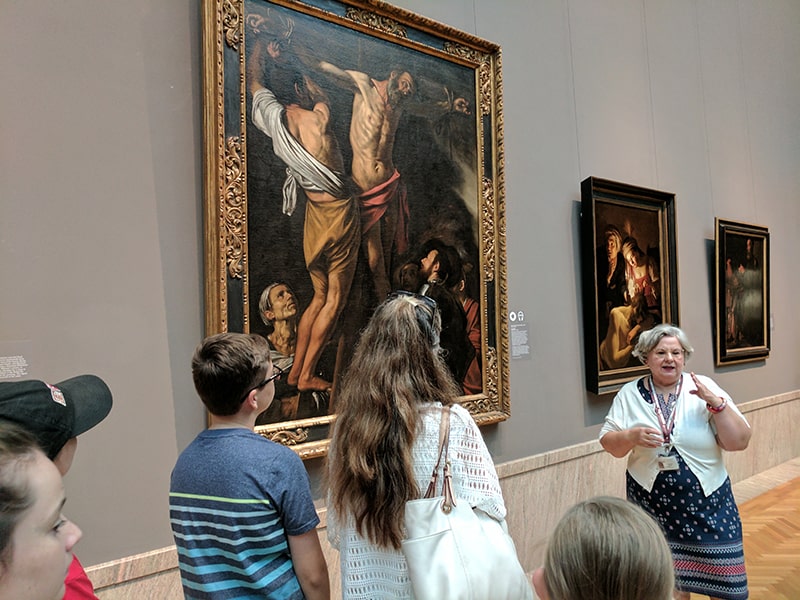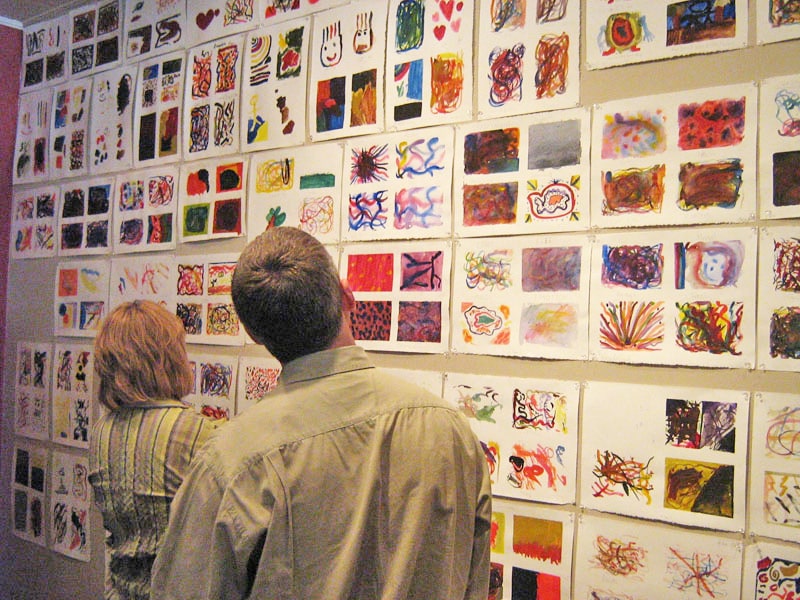
The profession of curator in a modern museum requires special multitasking: it is necessary not only to organize exhibitions, but also to find sponsors, give interviews, read lectures, conduct seminars, be able to write clear texts and much more.
Who is the Curator?
The word “curator” is more widely understood today than ever before. This is usually the name of the person who selects and interprets the works of art displayed in exhibitions, but the modern curator sometimes also plans and organizes exhibitions, orders works for them and supervises the whole process of preparation.
He or she is usually responsible for the texts on the walls, in catalogues and for all other information materials for the exhibition (which now include texts for the Internet and social networks). In addition, the 21st century curator is expected to interact with the press and the audience, hand out interviews and public speeches.
Often he or she has to participate in fundraising for the exhibition and other activities aimed at supporting it, be it receptions for sponsors or parties for collectors, as well as work with the academic world by giving lectures, conducting seminars and workshops in schools, colleges and universities.
As the functions of a curator are constantly changing, expanding and deepening, he or she must develop and improve his or her skills to respond quickly to new challenges and opportunities.
The main role of the curator is often considered to be expertise in the field of visual arts and judging taste. This notion began to take shape around the second half of the 19th century and was firmly established by the middle of the 20th century. By that time, the role of the museum itself had also changed.
From a simple repository of the collection to a place of professional communication and training, where artists and curators can jointly experiment in the field of new artistic tools and their presentation.
At the same time, some prominent figures from the art world began to present to the public exhibitions that were more than just a selection from the collection. A new type of curator began to connect different worlds by collecting works around artistic or historical themes or by bringing together groups of artists working in close relationships.
Both in the traditional and contemporary sense, the curator plays a very significant role in our understanding of art and culture – both past and present. Working in symbiosis with the artist, he questions stereotypes and tries to understand how culture will change in the future.
A curator can perform not only all the typical research and exhibition functions. He or she often has to deal with collection documentation, writing and editing texts, controlling printing, preparing images, and solving legal issues. He may also be involved (on a permanent basis) in other activities that are part of modern exhibition programs: educational work, organizing round tables, legal negotiations, fundraising and communication with the press.
Working as a guest curator can be a very positive experience, but sometimes it is a serious challenge, because the curator may be required to follow the rules and customs of the institution, no matter how he or she wants to change them, question them or just try something else.
Mentor as catalyst and guide for ideas
One important aspect of the curator’s role is to highlight the current topic and present it to the public at an appropriate time. By identifying the most interesting artists, comparing and interpreting their works, curators establish a dialogue between viewers, artists and the art world.

The language of the curator is similar to that of the editor. The general functions of selection, layout, organization and search for ideas make these two specialties quite similar. Curators – concept editors – bring art and other cultural practices closer to the audience, not only by organizing exhibitions, but also through publications on paper and on the Internet, forums and other events.
A different kind of dialogue is conducted by a curator who works on the preparatory stage of the exhibition face to face with the artist. Here he is allowed to discuss his proposed project with the artist and make his comments, ideally from a certain critical distance. He can ask questions and even argue with the artist, making sure not to put pressure on his “ward” or impose his thought process on him: it is important to remember that the curator is not an artist.
Future of curatorial activities
The curators of the future will have to not only have a deep knowledge of art history and have the skills of practical work with classical and contemporary art works, but also increasingly follow technological innovations.
New media, social networks, online platforms, video projection and live broadcasting technologies will be complemented by even more sophisticated and sophisticated means of expression. Artists will continue to experiment, adopting all existing and even nascent technologies. The task of curators is to keep up with them.
One of the most inspiring features of the curatorial profession is the ability to explore new territories, try unusual solutions, to present each time a new, sometimes unique view of the topic, theory, direction in art or the artist’s work. And of course, this constant search for novelty requires serious intellectual and physical efforts.
All over the world, museums and galleries are constantly being opened (and closed). More and more artistic activity is taking place on independent sites and in public space. The range of spaces for curatorial projects extends from a tiny envelope that can unite the whole world, to shops, warehouses, offices, apartments, theatres and cinemas, restaurants and discos, from small independent galleries to huge museums.
Not only the development of the museum industry, but also the freedom of imagination contributes to the expansion of curatorial opportunities. You can implement a curatorial project wherever your imagination takes you ideally supported by a sufficient budget.
A virtual or online gallery is no longer news, and curators are developing more and more interesting and effective ways to implement projects on the Internet, attracting funds for them through crowdfunding and using all available elements of interactivity and data analysis. With this steady mastery of virtual reality, the concept of curating is losing its strong link with the museum and gaining new characteristics.
Many of today’s curators are engaged in business that has little resemblance to the work of art in a museum, although it is still limited to the selection and systematization of a particular content. A 21st century curator, if he counts on a wide audience for his projects, should be a diplomat, a mentor, a mediator and an inspirer.
His task is to create the conditions for experimentation by balancing the interests of artists and viewers. The curator needs to be pragmatic, always maintaining flexibility and inventiveness. Curatorship is not limited to selection. A curator needs to establish a creative dialogue between artists and the public, taking into account the growing global network of people.
As we have seen, museum buildings have become increasingly transparent since then. This also applies to the very idea of a museum, a gallery and an exhibition. Works of art, together with the ideas and dialogues they bring to life, are presented to us today, both in the traditional exhibition space and beyond. Art penetrates deeper and deeper into everyday life, and everyday life is increasingly perceived as a museum.





